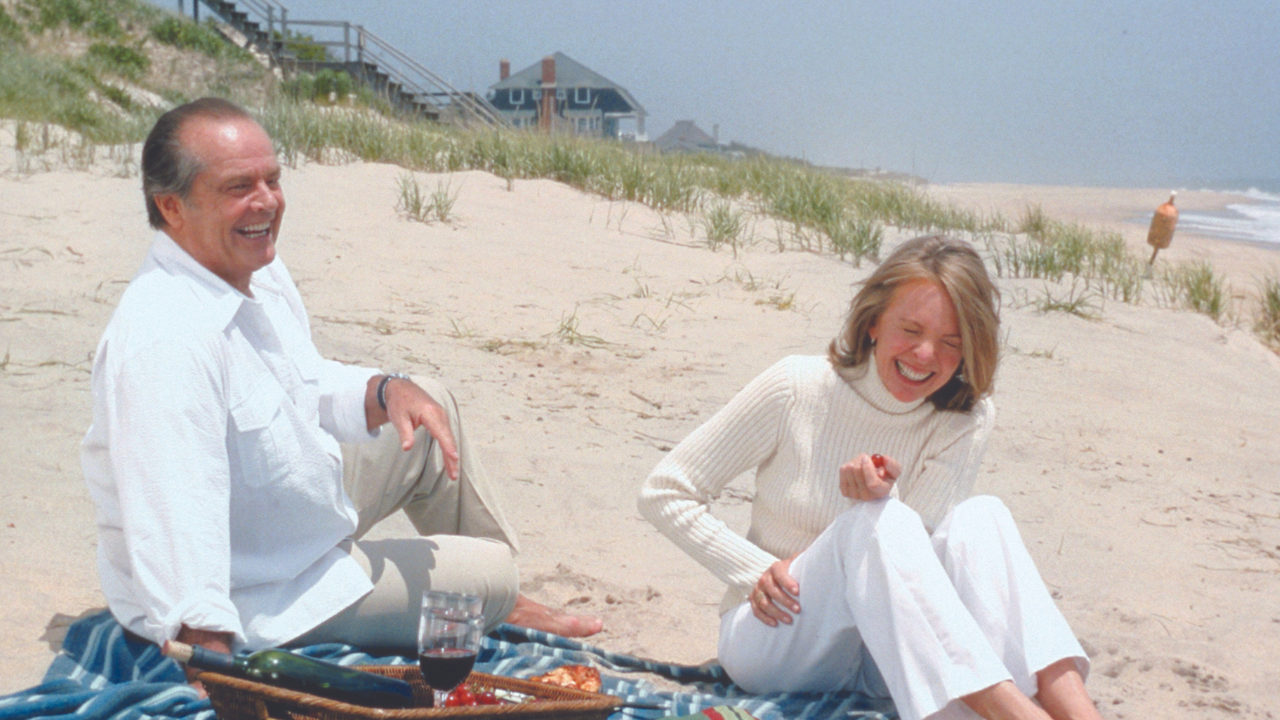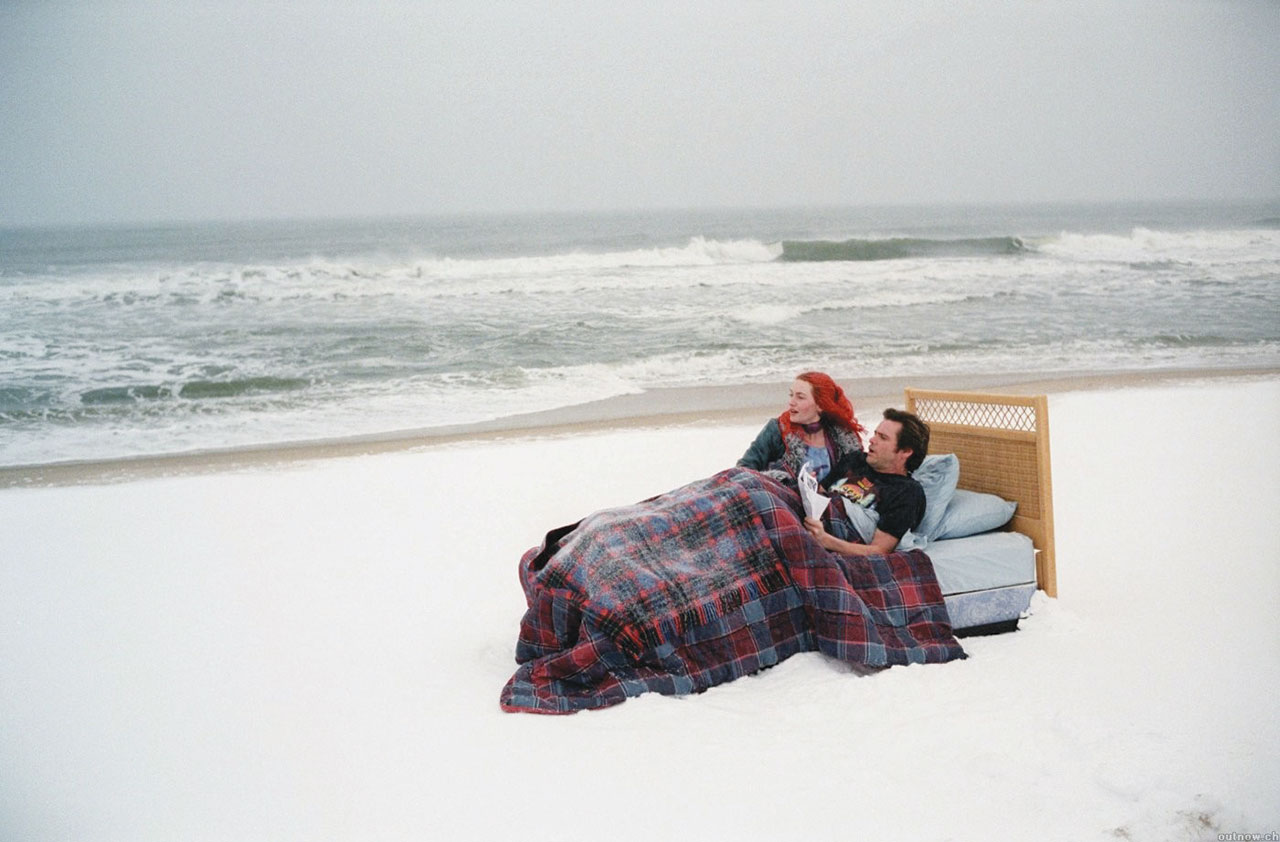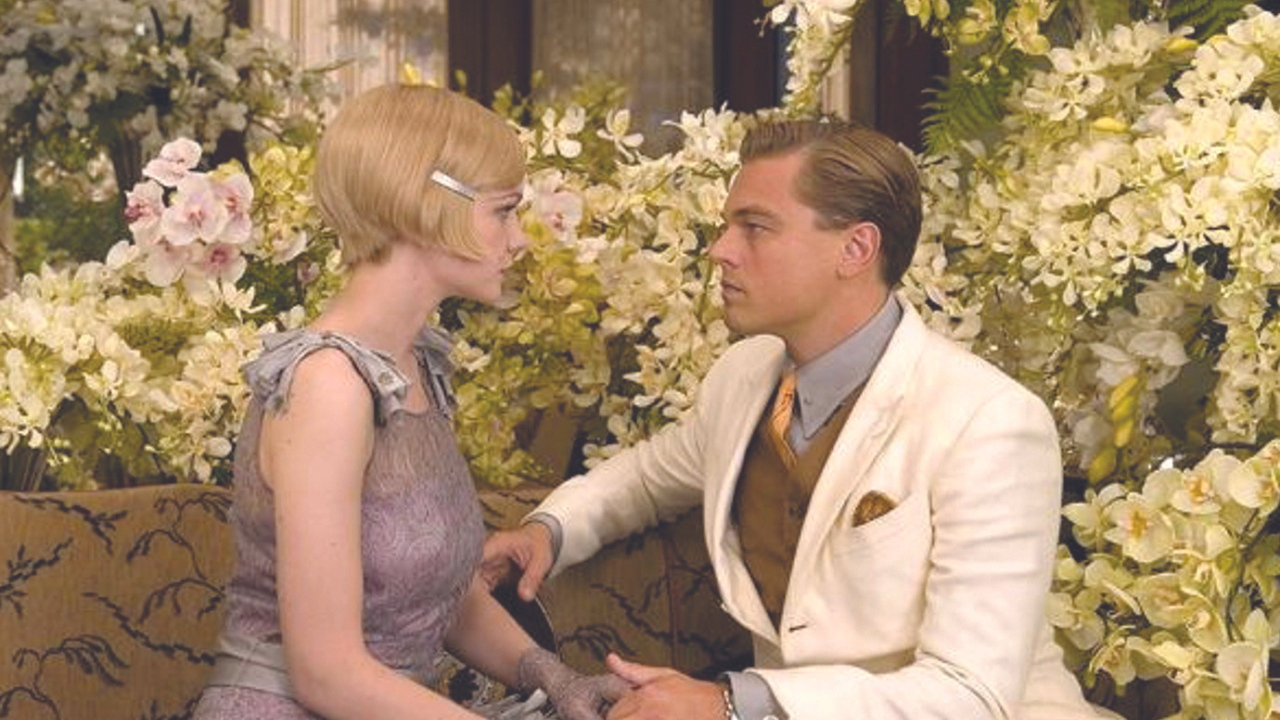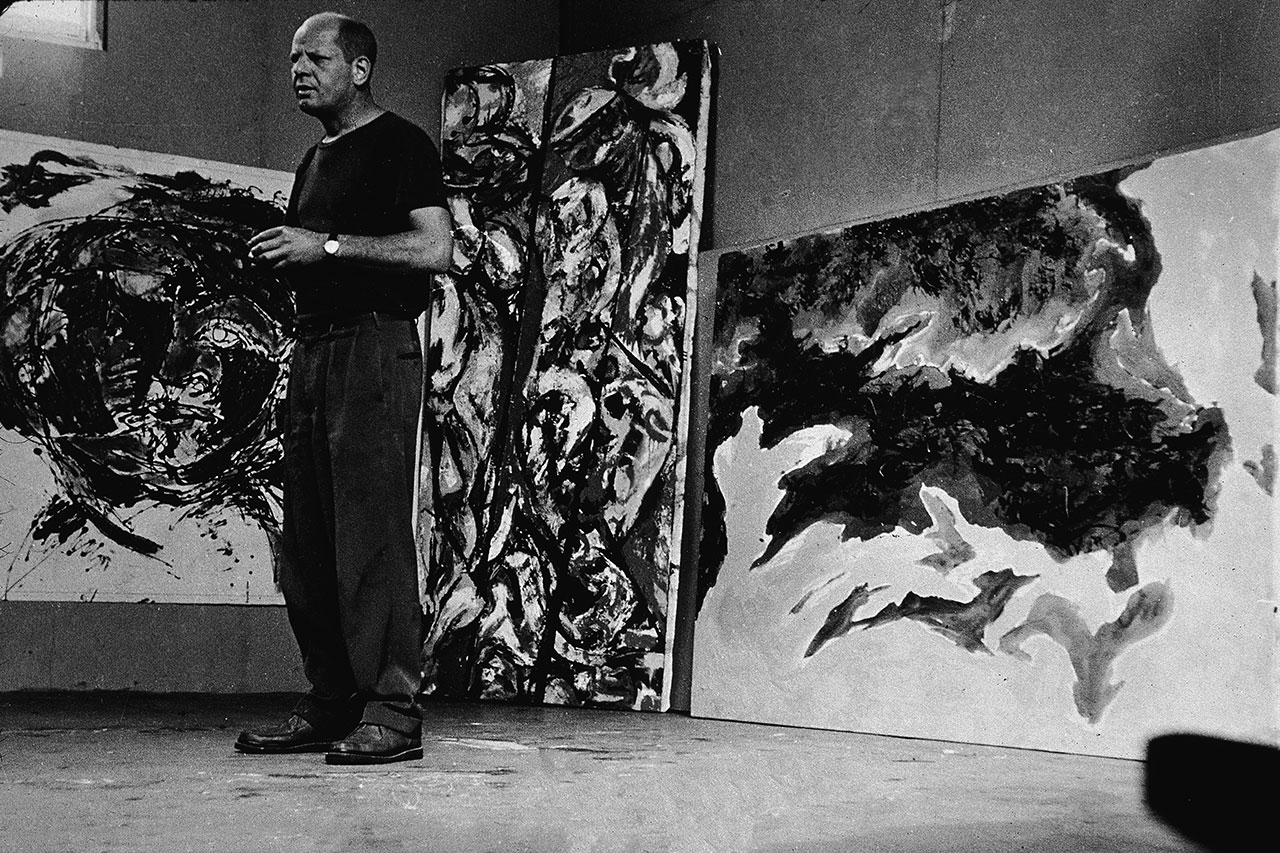

There is no denying the natural beauty of the Hamptons: the picturesque beachside communities, rolling farmland and ocean views make for some of the country’s most stunning vistas. So, it’s no surprise that Hollywood has been using the East End as a backdrop for films — and their own backyards — for nearly a century.
Starting in the 1920s, the Hamptons became an appealing escape for actors, directors and producers seeking a respite from the bustling city life. The proximity to Manhattan made it the ideal destination for creative city dwellers to experience some relaxation and privacy thanks to the area’s serene beaches, charming villages and expansive properties. “The Hamptons have always been a mecca for the titans of industry including Hollywood and finance, since the 1920s on,” Anne Chaisson, Executive Director of Hamptons International Film Festival tells GRAZIA Gazette: Hamptons. “As far as Hollywood, in the 1920s, New York City was such a hugely popular place for people to shoot films, so the Hamptons were a geographically desirable place for stars to spend time.”
Once the A-listers from the city started to come out East, many more followed. And some even started using the stunning beaches and farms, colonial homes and stately mansions as part of movie sets. In 1913, the silent movie Hulda of Holland was filmed in Bridgehampton, featuring Mary Pickford, an A-lister of her era. Later came The Sheik, with Rudolph Valentino and Vilma Banky, much of it taking place at the Walking Dunes, an isolated section of sand in Napeague between Amagansett and Montauk, to evoke the Sahara Desert.
Although it took place miles away in Long Island’s posh Sands Point, F. Scott Fitzgerald’s novel The Great Gatsby and its various film adaptations came to symbolize the high-flying, luxury lifestyle that the Hamptons have long been known for.
Of course, not every beloved film showed the glamorous side of things. The 1975 cult classic documentary Grey Gardens followed the private lives of Edith Bouvier Beale and her daughter Little Edie, the aunt and cousin, respectively, of Jacqueline Kennedy Onassis. The reclusive, once-upper crust women lived in poverty in a dilapidated mansion in the wealthy Georgica Pond area of East Hampton that was stabilized thanks to funds from Jackie and her sister Lee Radziwill to meet village codes. Typically, though, it was movies like Annie Hall, Something’s Gotta Give and Eternal Sunshine of the Spotless Mind that showed audiences the natural beauty and charm of the storied region.

In more recent years, TV shows including Gossip Girl, Sex and the City, The Affair, Seinfeld and Girls all shot scenes out East depicting the party scene and extreme wealth of the area. Later came reality shows like The Real Housewives of New York and Summer House, showcasing the pampered lives of those who have a Hamptons home (or young 20-somethings that all rent one for the summer). However, while the movie industry was welcomed with open arms, these shows have not always been well-received. When the Summer House cast showed up out East in 2017, they were reportedly banned from various spots and was even denied a filming permit by East Hampton Town in its first year.
Some argue that the influx of wealthy celebrities has led to gentrification and increased property prices, making it more difficult for local residents to afford homes in the area. There are also concerns about the preservation of the region’s natural beauty and cultural heritage in the face of rapid development and commercialization. But overall, the balance between the glitz and glamour of Hollywood and the low-key vibe of the locals has been mostly peaceful — and mutually beneficial.
The Hamptons have not only attracted Hollywood productions and its stars who enjoy the privacy and seclusion the area offers, but it’s also become a hub for industry-related events and initiatives too. Film festivals, such as the Hamptons International Film Festival, draw renowned filmmakers, actors and industry professionals to town.
“Our mission is to showcase independent voices from around the world and we are able to marry Hollywood and the independent film world,” Chaisson says. “At the very first festival, we had Martin Scorsese in conversation with Steven Spielberg, because they were both out here. We can reach all levels of the movie business.”
Chaisson proudly reveals that the HIFF can help amplify films that may not have gotten enough of a show previously. “We were first stop for Everything Everywhere All at Once — we gave Stephanie Hsu a Breakthrough Award and then fast forward, and we see [the cast] up there at the Oscars.” (The film went on to win Best Picture, Best Director, Best Actress, Best Supporting Actor, Best Supporting Actress, Best Editing and Best Original Screenplay at the 2023 Academy Awards.)
The Hamptons have also been the preferred destination for industry professionals during the summer months. The region’s social scene comes alive during this time, with numerous high-profile events, galas and parties. These gatherings attract a wide range of celebrities, creating opportunities for networking and establishing connections within the entertainment industry. Additionally, the Hamptons have hosted numerous charity galas and fundraisers supported by Hollywood figures, highlighting the philanthropic efforts of the entertainment industry.
“The proximity of Hollywood to the Hamptons is really due to all of these people living out here, and celebrities willing to help and support as best of they can,” says Chaisson. “Once, Hugh Jackman had one day off from a Broadway show he was doing, and he came out for the day to do an event.”

The reach of the Hamptons even extended into other arts, including theater, dance and painting—much in thanks to a benefactor living out East.
“An East Hampton resident named Mary Woodhouse had a beautiful barn that she turned into a theater,” explains Chaisson. “She brought people out from Broadway and The Met and really started that migration of the industry. Word spread and next thing you know there is a connection between both coasts and out East. Everyone wanted a spot out here.”
In 1930, Woodhouse, a philanthropist and lover of the arts, anonymously dedicated land and an initial financial gift toward building one of the country’s first interdisciplinary centers: Guild Hall. Her vision was “to heighten the importance of the arts” and provide a building that would “serve as meeting place.” The community rallied to secure additional funding, as well as manage and oversee the development and maintenance of a new facility.
In August 1931, Guild Hall opened, boasting a jewel-box proscenium theater and fine art galleries. The much-loved institution has been a cultural cornerstone of the Hamptons ever since.

The world-class artistry presented at Guild Hall is uncommon for a small town. Artists such as Jackson Pollock, Lee Krasner, Roy Lichtenstein, Jane Freilicher, Willem de Kooning and Larry Rivers, among many others, were early exhibitors in the galleries.
Edward Albee, Bob Fosse, Olivia de Havilland, Jerome Robbins, Tennessee Williams, Kurt Vonnegut and Thornton Wilder were just a few of the accomplished talents to have worked in the John Drew Theater. The Fantasticks became one of Broadway’s most successful shows following a run at Guild Hall, and Nora Ephron and her sister, Delia Ephron, debuted the play Love, Loss, and What I Wore at Guild Hall before it premiered as an Off-Broadway production.
“Guild Hall couldn’t have happened just anywhere. It needed the kind of land and seascapes that could seduce artists,” Enez Whipple, Guild Hall Executive Director from 1943–1991, has said. “It needed a city like New York nearby to nourish it; and, most of all, it needed the dedicated people who make the exemplary cultural center it is today.”
Read the new GRAZIA Gazette: Hamptons issue:














